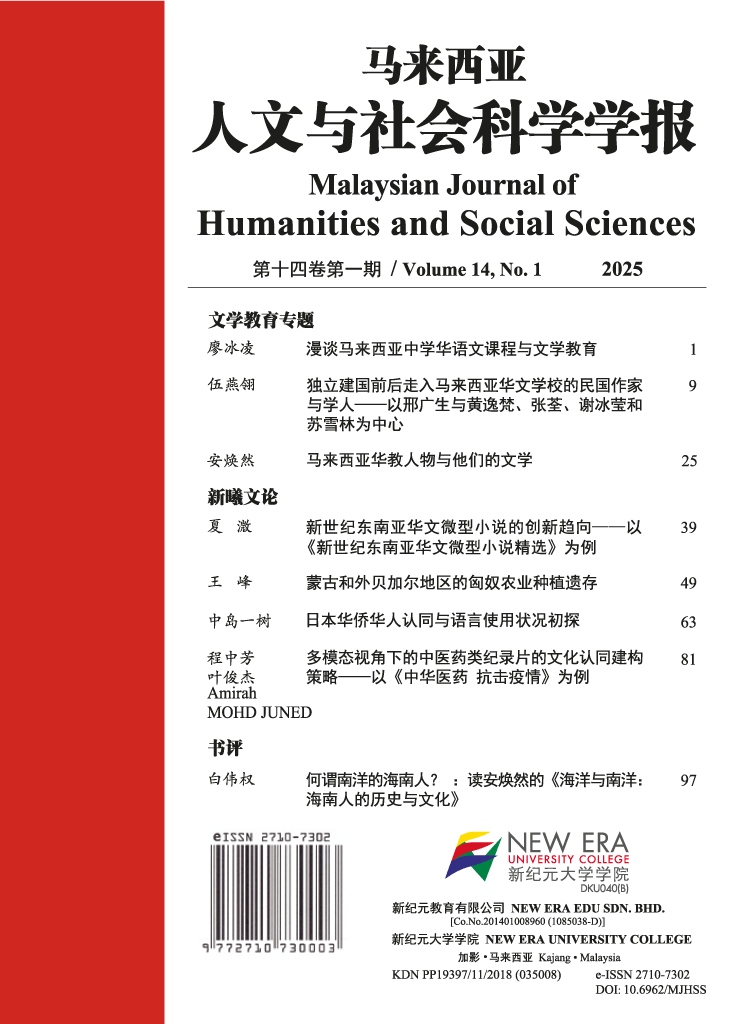蒙古和外贝捕尔地区的匈奴农业种植遗存 Remains of Xiongnu Agricultural Planting in Mongolia and Transbaikal Region
Keywords:
匈奴、 农业、 蒙古、 外贝加尔, Xiongnu, Agriculture, Mongolia, the Trans-Baikal region of RussiaAbstract
游牧自身具有的移动性和季节性强的特点使其无法成为 种自给自足的生计手段, 匈奴将以谷物种植为主要内容的农业作为辅助性生计, 以蒙古国诺音乌拉苏祖克特墓地、高勒毛都墓地、 额金高勒遗址群和俄罗斯外贝加尔地区伊沃尔加古城为代表的考古资料较为全面地揭示了匈奴农业发展的面貌。 匈奴人充分利用自然条件和资源来种植谷物并食用谷物, 以克服游牧经济天然存在的脆弱性以及由此而导致的种群的易分裂性。
In view of the mobility and seasonality of nomadic herding itself, which makes it impossible to become a self-sufficient means of livelihood, the Xiongnu took agriculture, with grain cultivation as the main component, as a supplementary livelihood. The archaeological data, represented by the Noin Ula Suzukteh cemetery, the Mod Gol cemetery, the ruins of Egiin Gol in Mongolia, and the ancient city of Ivorga in the Trans-Baikal region of Russia, have comprehensively revealed the development of agriculture in Xiongnu. The Xiongnu made full use of natural conditions and resources to cultivate and consume grains to overcome the natural vulnerability of a nomadic economy and the resulting fragmentation of populations.




